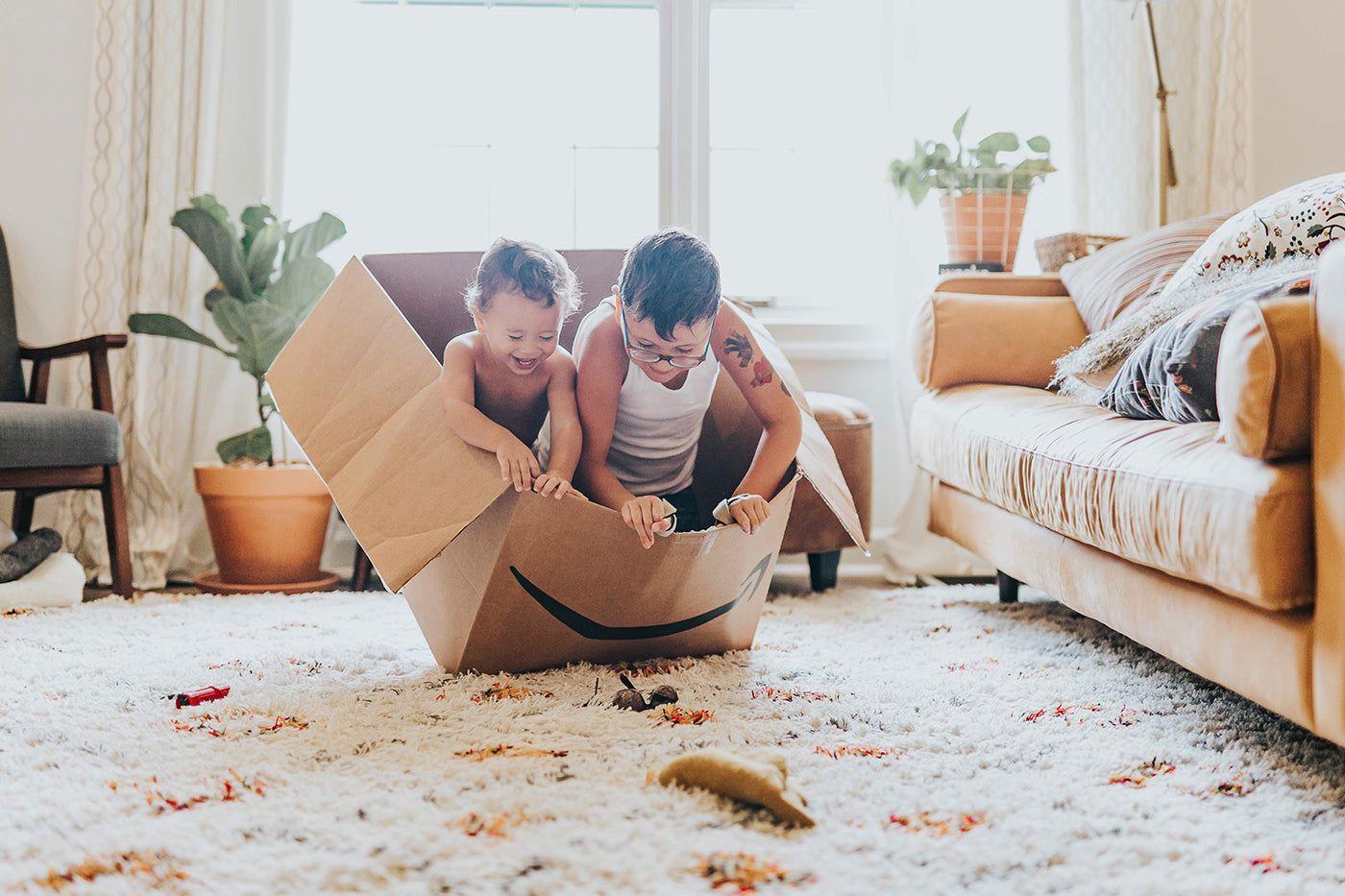TODDLER
3 Types of Play Toddlers Need Every Day
Happy, healthy toddlers have their days filled with chasing, pretending, rolling, and tinkering.

Written by
Dr. Harvey Karp

SHARE THIS ARTICLE
PARENT PICKS
Bestsellers
TODDLER

Written by
Dr. Harvey Karp

SHARE THIS ARTICLE
Bestsellers
One of the biggest myths about childhood is that play is just frivolous entertainment . . . a 'waste of time.' Actually, play is much more important than academics during the toddler years. Play is a top toddler nutrient. Happy, healthy toddlers have their days filled with chasing, pretending, rolling, and tinkering.
When you give your child a big daily dose of 'Vitamin P,' you:
There are three types of play that you should try to give your child every day: outside play, creative activity, and reading.
Some of my happiest childhood memories are of playing outside: rolling down grassy hills, kicking heaps of fallen leaves, making snowmen. (Many of us still revel in these activities.) But while adults enjoy the fresh air, toddlers do not merely like it—they need it. A 2-year-old cooped up in a flat all day may feel as trapped as Tarzan stuffed into a tight tuxedo.
And do not be afraid to go out in 'bad weather.' Rain, wind, and snow add to the fun. Just get the proper clothes and shoes for yourself and your toddler and run out and have a ball!
Imagination is the key to mankind’s greatest advances, from the arts to the sciences. Science and math are important, but, as the complete quote from Einstein reads, 'Imagination is more important than knowledge. For while knowledge defines what we currently know and understand, imagination points to all we might yet discover and create.' (I know this quote well because it is printed on my computer mouse pad!)
Feed your toddler’s creativity with:
Want your child to have a healthy brain? Feed it… by reading! The key to reading with toddlers is to do it with them. Reading makes kids smarter, and it is a sweet opportunity to snuggle close and join your hearts.
Here is how to adjust your reading routine for your child’s age:
[Related: 11 Interactive Books More Engaging Than an iPad]
Do you see why play is so brilliant? So, for as much time as you spend teaching your toddler her A-B-C’s and 1-2-3’s, do not forget about the equally important P-L-A-Y!
Disclaimer: The information on our site is NOT medical advice for any specific person or condition. It is only meant as general information. If you have any medical questions and concerns about your child or yourself, please contact your health provider. Breastmilk is the best source of nutrition for babies. It is important that, in preparation for and during breastfeeding, mothers eat a healthy, balanced diet. Combined breast- and bottle-feeding in the first weeks of life may reduce the supply of a mother's breastmilk and reversing the decision not to breastfeed is difficult. If you do decide to use infant formula, you should follow instructions carefully.